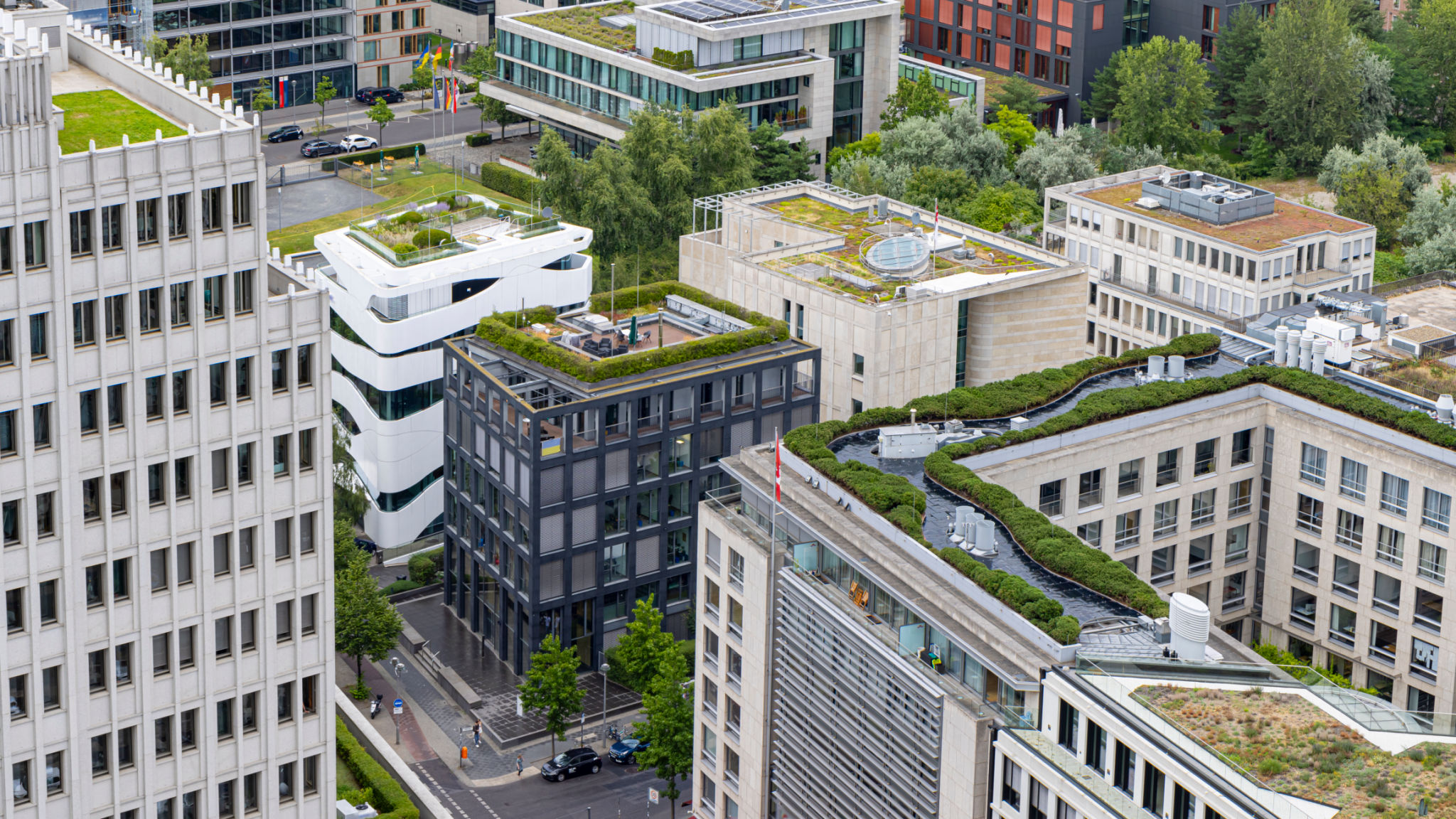Case Study: Sustainable Building Success Stories from Boone, NC
Introduction to Sustainable Building in Boone, NC
Boone, North Carolina, is a shining example of how communities can embrace sustainability in the construction industry. Nestled in the Appalachian Mountains, Boone has become a beacon for eco-friendly building practices, showcasing innovative designs that respect the environment while providing functional and beautiful spaces for its residents.
In recent years, Boone has seen a surge in sustainable building projects, driven by a commitment to reducing carbon footprints and promoting environmental stewardship. This blog post will explore some of the most successful sustainable building projects in Boone, offering insights into their design, construction, and impact on the community.

Green Roofs and Living Walls
One of the standout features of sustainable buildings in Boone is the use of green roofs and living walls. These elements not only enhance the aesthetic appeal of buildings but also provide significant environmental benefits. Green roofs help reduce urban heat, improve air quality, and manage stormwater runoff.
For instance, the Watauga County Public Library has implemented a green roof system that serves as a model for other public buildings. This project has successfully demonstrated how green roofs can be integrated into public infrastructure to promote sustainability.
Benefits of Green Roofs
- Improved insulation and energy efficiency.
- Enhanced biodiversity and habitat for wildlife.
- Reduction in noise pollution.

Energy-Efficient Designs
Sustainable buildings in Boone are also characterized by their energy-efficient designs. These buildings utilize advanced materials and technologies to minimize energy consumption, thereby reducing greenhouse gas emissions. The Boone Hotel is a prime example, featuring solar panels, high-performance windows, and energy-efficient HVAC systems.
Moreover, the hotel incorporates passive solar design principles, utilizing natural light and heat to reduce reliance on artificial lighting and heating. This approach not only lowers energy bills but also enhances the comfort and well-being of its occupants.
Key Features of Energy-Efficient Buildings
- Use of renewable energy sources like solar and wind.
- Incorporation of smart building technologies.
- Designs that maximize natural light and ventilation.

Community Involvement and Education
A crucial aspect of Boone's success in sustainable building is community involvement. Local organizations and residents have played an active role in advocating for eco-friendly construction practices. Educational programs and workshops have been instrumental in raising awareness about the benefits of sustainable building techniques.
The Appalachian State University's Department of Sustainable Technology and the Built Environment offers courses that provide hands-on experience with sustainable construction, preparing the next generation of builders to continue this important work.
Community Initiatives
- Workshops on sustainable building techniques.
- Community-led projects promoting green infrastructure.
- Partnerships with local businesses to implement eco-friendly practices.

The Future of Sustainable Building in Boone
The future looks bright for sustainable building in Boone. With ongoing projects and a strong commitment from the community, Boone continues to set an example for other regions. As technology advances and more people recognize the importance of sustainability, the town is poised to further enhance its green credentials.
In conclusion, Boone's success stories in sustainable building highlight the power of community collaboration, innovative design, and a commitment to preserving the environment. These efforts not only benefit the local community but also serve as inspiration for others looking to implement sustainable practices in their own regions.